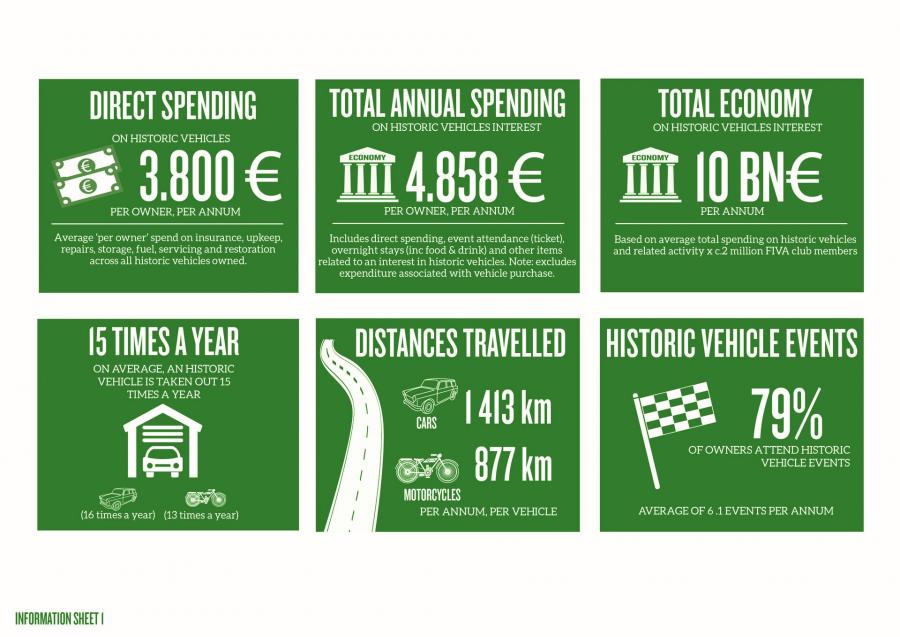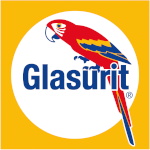FIVA - Largest-ever survey of historic vehicle enthusiasts - The results are in!

Published: 10/06/2021
A FIVA survey of almost 55,000 historic vehicle enthusiasts worldwide has revealed their huge financial contribution to local and national economies. It also confirms the typically low annual mileage of historic cars and motorcycles, along with the very real value of clubs to the historic vehicle movement and society at large.
The survey by FIVA (the Fédération Internationale des Véhicules Anciens or international federation of historic vehicles) is the largest and most detailed ever carried out, with nearly 55,000 enthusiasts taking part from around the world. The survey also collected 128,000 detailed evaluations of historic vehicles to provide an unrivalled knowledge base for FIVA and member federations.
In brief:
- The average enthusiast spends 3,800 euros per year directly on their vehicle(s), including insurance, repairs and restoration, storage, servicing and fuel. When non-direct spending is taken into account – e.g. events, accommodation, tickets, food and drink – this rises to 4,858 euros per year.
- Total spending by the two million enthusiasts represented through FIVA member clubs alone is an estimated 10 billion euros per year.
- The average historic vehicle is taken out 15 times a year, with cars travelling 1,413km and motorcycles 877km.
- Historic vehicles are primarily used for leisure driving, with runs averaging 88km for historic cars and 67km for historic motorcycles.
- The average historic vehicle club has 380 members, but as many as 32% have 50 or fewer members, while 13% have 500 or more members. The average age of a club member is 56 years.
- On average, clubs organise 15 events each year, covering a huge range of activities from social events, shows and displays to road runs and autojumbles. The average member fee is 36 euros per annum.
- The value of clubs extends to a huge array of supporting services, while encouraging enthusiasts to maintain their vehicles in good working condition. These include digital engagement through websites, social media and regular e-news, but also technical advice from experts who can support enthusiasts in their repair or restoration work.
Lars Genild, Chairman of the FIVA Legislation Committee and organiser of the survey, comments:
“FIVA has undertaken a major survey every 5-8 years and this is the most recent update, conducted in late 2020. The results we’ve announced so far provide vital facts and figures to help protect the future of our automotive heritage at a time of rapid change."
“Our figures show the very significant economic contribution by the historic vehicle movement to both local and national economies. It’s also critical to note that – at a time of changing attitudes towards the use of motor vehicles – historic vehicles, on average, travel extremely low distances and are primarily used for leisure purposes only, very often as part of public events."
“Meanwhile, our survey highlights the far-reaching value of historic vehicle clubs not only to individual enthusiasts but also, through events and activities, to society as a whole, preserving automotive heritage as a rolling museum for generations to come.”










